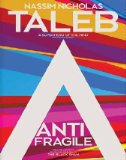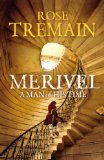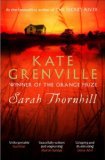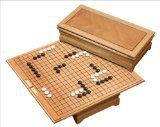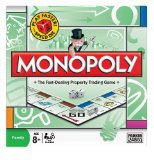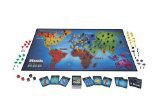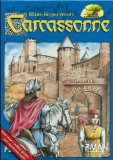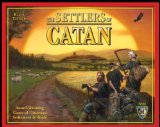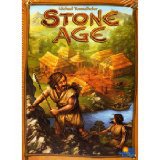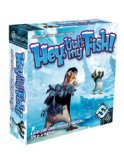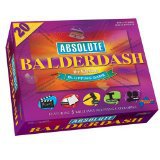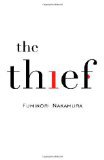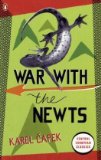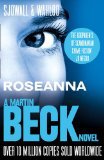 Translated from the Swedish by Lois Roth
Translated from the Swedish by Lois Roth
Five words from the blurb: detective, Sweden, crime, strangled, boat
Martin Beck is commonly described as one of the best fictional detectives ever created and this series always tops crime fiction “must-read” lists. Roseanna is the first of ten books and I’ve been wanting to try it for a long time. I’m pleased I’ve finally read this crime classic and look forward to enjoying the rest of the series.
The plot was quite simple, revolving around the discovery of a dead woman in a lake. The identity of her killer is quickly narrowed down to one of the 85 people on board a passenger ferry. Martin Beck uses his slow, but thorough detective skills to locate the murderer in this easy to read, but gripping narrative.
Roseanna was written in the 1960s, a golden age for crime fiction. In our Internet age there is something charming about the lack of mobile phones and the fact that it takes two weeks for messages to travel from America to Sweden. The writing also has a gentleness that means it isn’t disturbing, no matter how violent the crime.
Unfortunately I was a little disappointed by the ending. Despite the initial slowness of the investigation, the resolution seemed to happen too easily. I wished that there had been several suspects so the reader had the opportunity to guess whodunnit. Instead it just seemed like a charming introduction to Martin Beck – nothing really wrong with that, but not that exciting either:
When he smiled, you could see his healthy, white teeth. His dark hair was combed straight back from the even hairline and had not yet begun to gray. The look in his soft blue eyes was clear and calm. He was thin but not especially tall and somewhat round-shouldered. Some women would say he was good looking but most of them would see him as quite ordinary. He dressed in a way that would draw no attention. If anything, his clothes were a little too discreet.
I’ve heard that the real joy of this series is seeing how Beck (and Sweden) develop over time and so although this wasn’t completely satisfying I’m still keen to try the rest of the series.

.
Have you read this series?
Were you hooked from book one?
Which books in this series did you enjoy the most?


